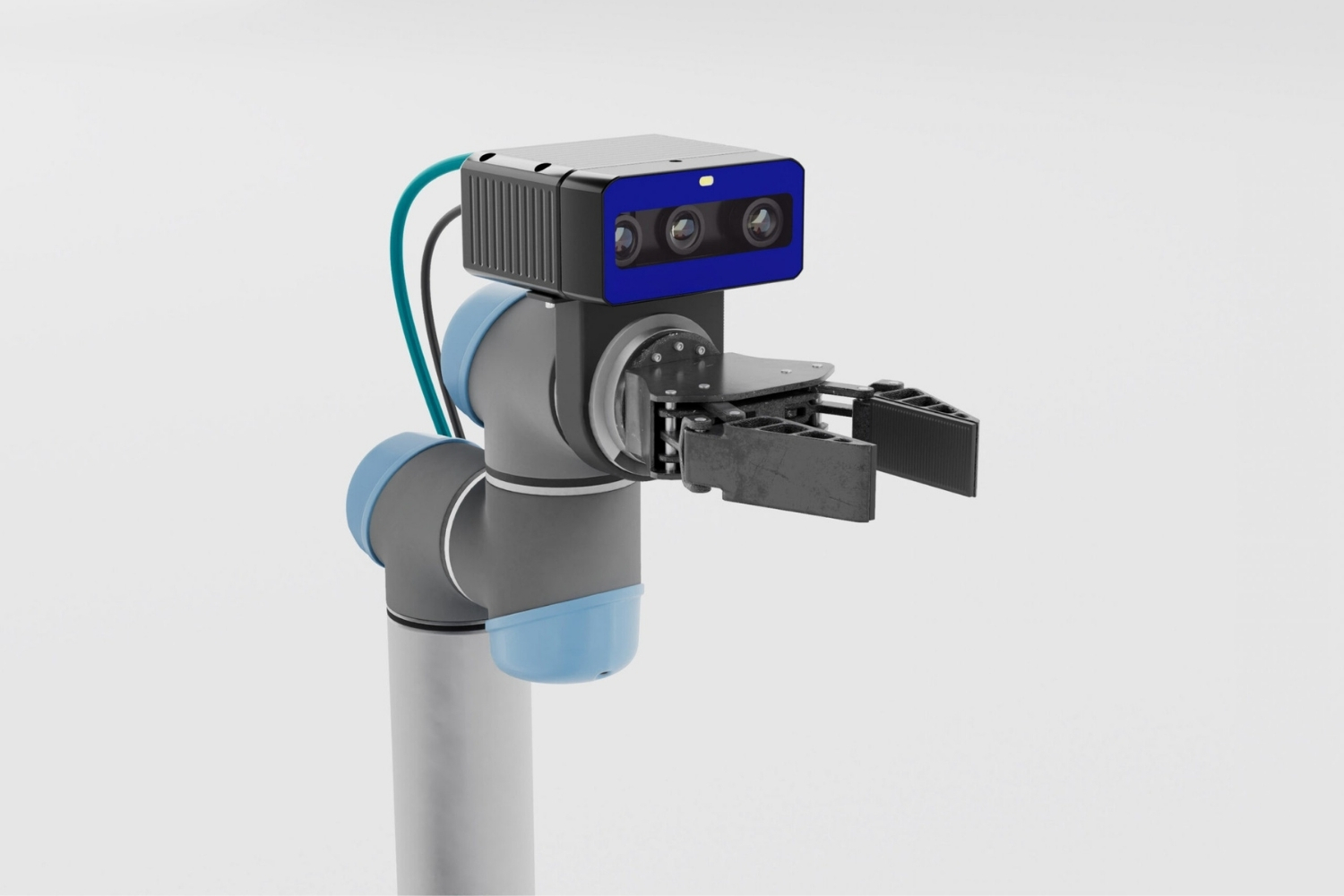
Stereo vision is a fascinating aspect of human perception that allows us to see the world in three dimensions. But what exactly makes it so special? Stereo vision relies on the brain's ability to merge two slightly different images from each eye into one cohesive picture. This process, known as binocular vision, helps us judge distances and perceive depth. Without it, catching a ball or driving a car would be nearly impossible. Did you know that some animals, like owls and cats, have superior stereo vision compared to humans? They rely on it for hunting and navigating their environments. Ready to learn more intriguing facts about stereo vision? Let's dive in!
What is Stereo Vision?
Stereo vision, also known as stereopsis, is the ability to perceive depth using both eyes. This visual phenomenon allows humans to see the world in three dimensions. Let's dive into some fascinating facts about stereo vision.
-
Binocular Vision: Stereo vision relies on binocular vision, where both eyes work together to create a single, cohesive image.
-
Depth Perception: It enables depth perception, allowing us to judge distances accurately.
-
Eye Placement: The horizontal placement of our eyes, about 2.5 inches apart, is crucial for stereo vision.
-
3D Movies: 3D movies use stereo vision principles to create an immersive experience.
-
Animal Kingdom: Many animals, including birds and primates, have stereo vision to help them navigate their environments.
How Stereo Vision Works
Understanding how stereo vision works can be quite intriguing. It involves complex processes within the brain and eyes.
-
Image Disparity: Each eye captures a slightly different image due to their separation.
-
Brain Processing: The brain processes these two images to create a single 3D image.
-
Visual Cortex: The visual cortex in the brain plays a significant role in interpreting stereo vision.
-
Convergence: Eyes converge, or move inward, to focus on close objects, aiding in depth perception.
-
Retinal Disparity: The slight difference between the images on each retina is called retinal disparity.
Benefits of Stereo Vision
Stereo vision offers numerous benefits that enhance our daily lives in various ways.
-
Improved Coordination: It improves hand-eye coordination, essential for tasks like catching a ball.
-
Driving: Depth perception is crucial for safe driving, helping drivers judge distances.
-
Sports: Athletes rely on stereo vision for activities like hitting a baseball or shooting a basketball.
-
Reading: It aids in reading by allowing us to focus on words and letters more effectively.
-
Art and Design: Artists and designers use stereo vision to create realistic and proportionate works.
Challenges and Disorders
While stereo vision is beneficial, some individuals face challenges or disorders related to it.
-
Strabismus: A condition where the eyes do not align properly, affecting stereo vision.
-
Amblyopia: Also known as lazy eye, this condition can impair depth perception.
-
Stereoblindness: Some people are unable to perceive depth due to stereoblindness.
-
Eye Injuries: Injuries to one eye can disrupt stereo vision.
-
Vision Therapy: Vision therapy can help improve or restore stereo vision in some cases.
Technological Applications
Stereo vision has found its way into various technological applications, enhancing our interaction with the digital world.
-
Virtual Reality: VR headsets use stereo vision to create immersive experiences.
-
Robotics: Robots equipped with stereo vision can navigate and interact with their environment more effectively.
-
Medical Imaging: Stereo vision technology aids in creating detailed 3D medical images.
-
Gaming: Video games use stereo vision to provide a more realistic gaming experience.
-
Autonomous Vehicles: Self-driving cars use stereo vision to detect obstacles and navigate safely.
Fun Facts About Stereo Vision
Let's explore some fun and lesser-known facts about stereo vision that might surprise you.
-
Magic Eye: Those "Magic Eye" pictures rely on stereo vision to reveal hidden 3D images.
-
Historical Discovery: Sir Charles Wheatstone discovered the principles of stereo vision in 1838.
-
Stereoscopes: Early stereoscopes used two photographs to create a 3D effect.
-
Human Evolution: Stereo vision likely evolved to help early humans hunt and gather food.
-
Optical Illusions: Many optical illusions trick our stereo vision, creating fascinating visual effects.
The Final Snapshot
Stereo vision is more than just seeing in 3D. It’s a complex process that helps us navigate our world with depth and precision. From the way our eyes work together to how our brain processes the images, stereo vision plays a crucial role in our daily lives. Understanding these facts can give us a deeper appreciation for this incredible ability.
Whether it’s helping us catch a ball, drive a car, or simply enjoy a beautiful landscape, stereo vision is essential. It’s fascinating to think about how our eyes and brain collaborate to create the rich, detailed world we see every day. So next time you marvel at a stunning view or catch something mid-air, remember the amazing science behind your stereo vision. It’s a remarkable gift that enhances our experiences and keeps us connected to the world around us.
Was this page helpful?
Our commitment to delivering trustworthy and engaging content is at the heart of what we do. Each fact on our site is contributed by real users like you, bringing a wealth of diverse insights and information. To ensure the highest standards of accuracy and reliability, our dedicated editors meticulously review each submission. This process guarantees that the facts we share are not only fascinating but also credible. Trust in our commitment to quality and authenticity as you explore and learn with us.
